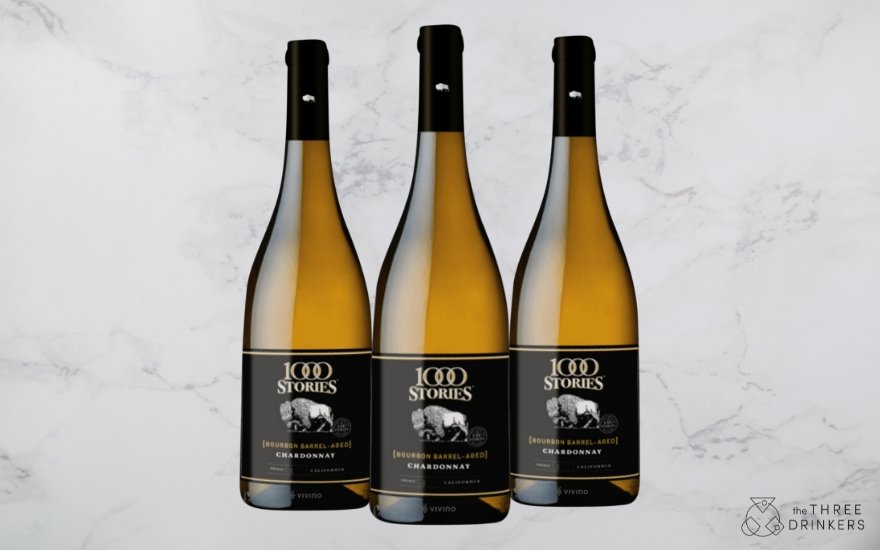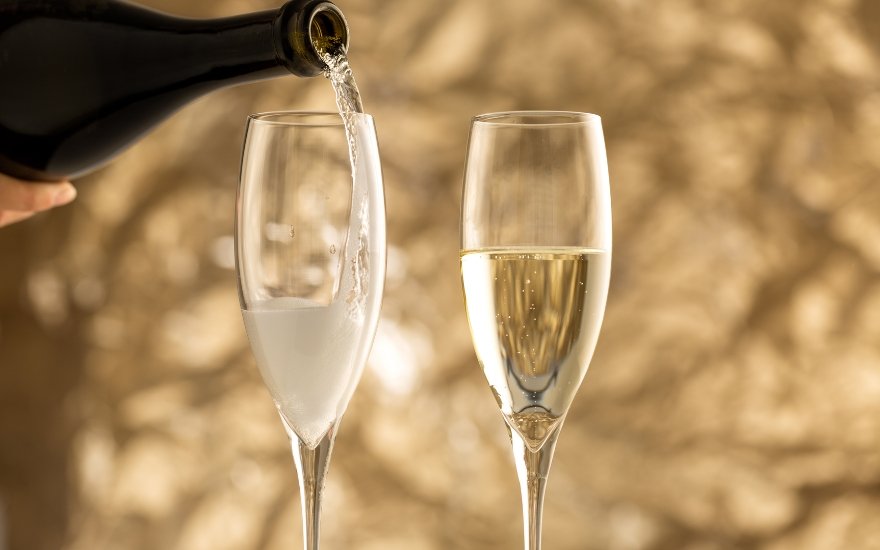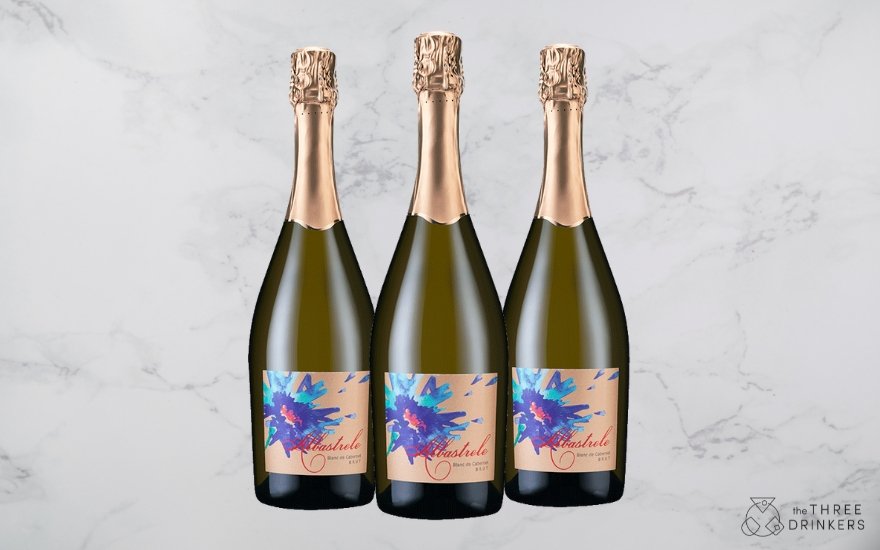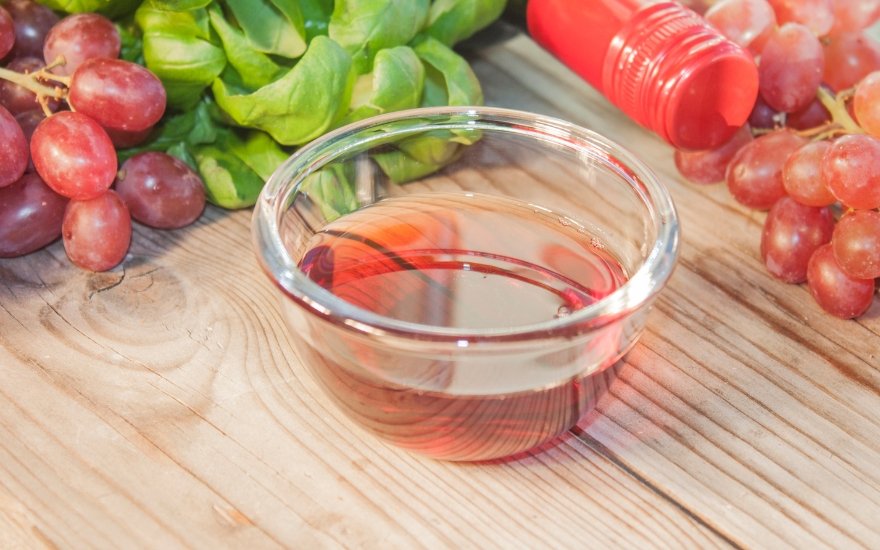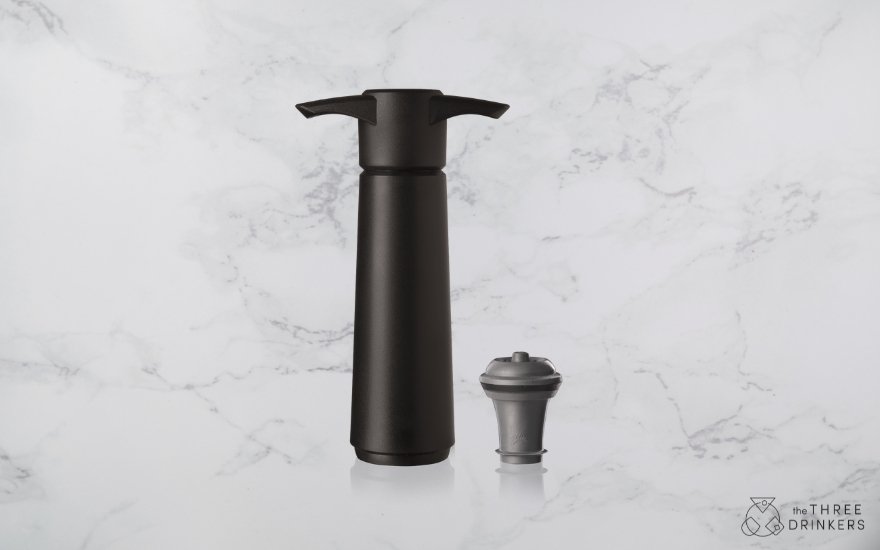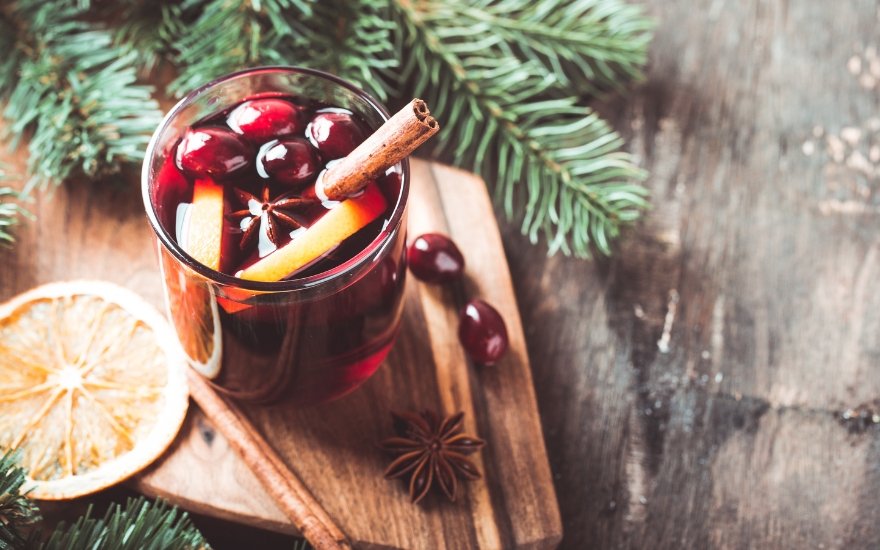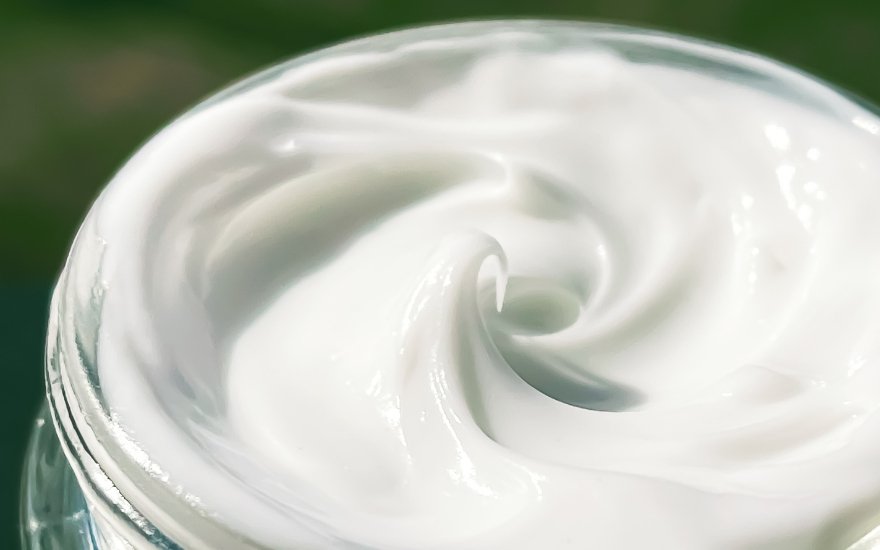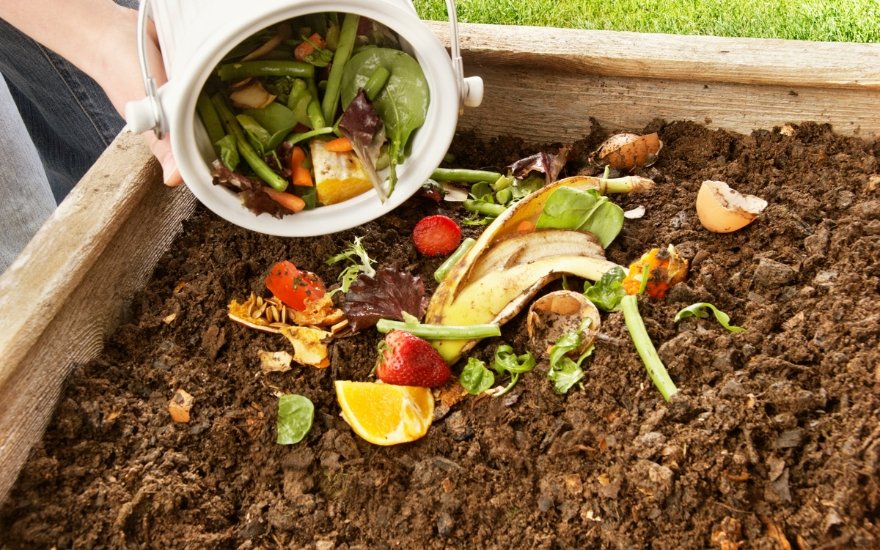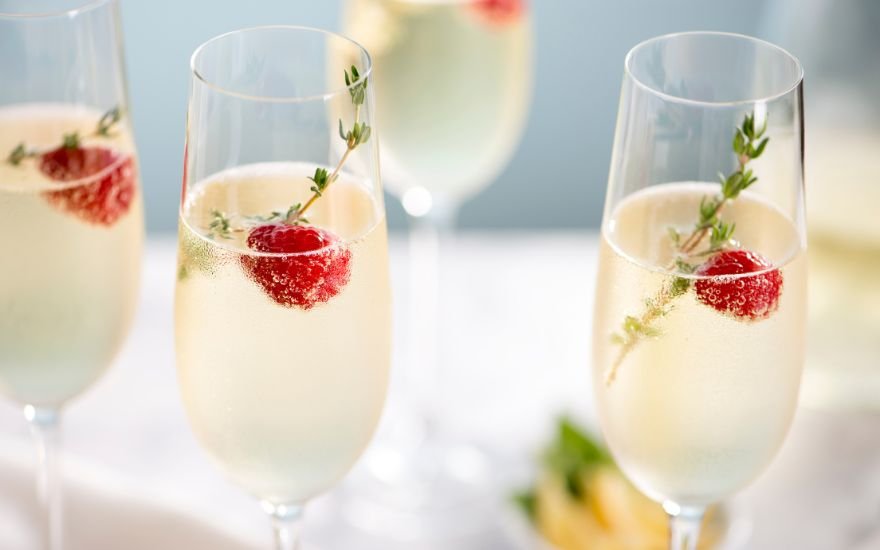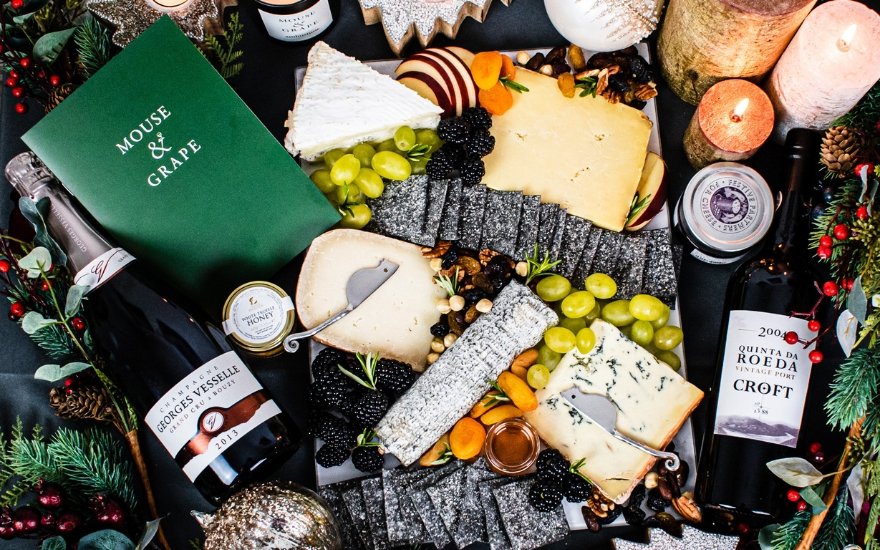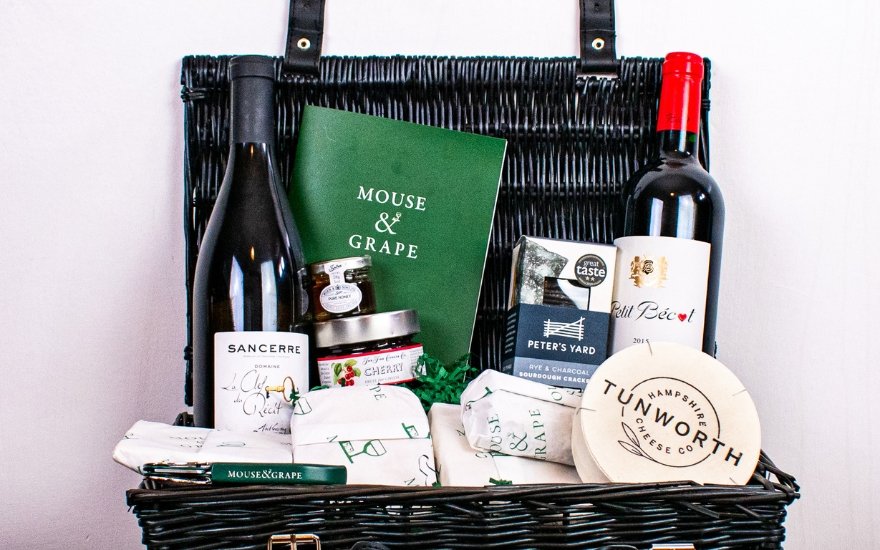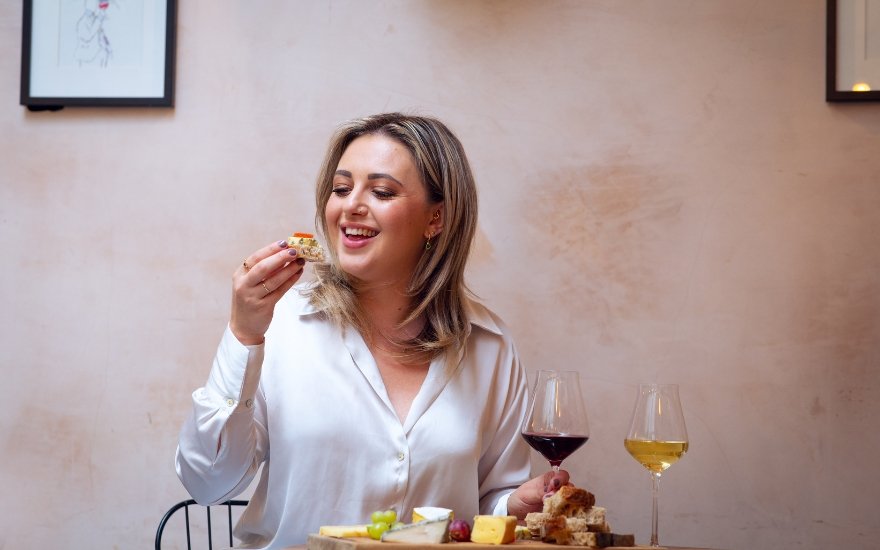January 25th brings Burns Night, the birthday of The Scottish Bar, Robert ‘Rabbie’ Burns. His classic works like Auld Lang Syne are known across the world, and traditionally, haggis and Scotch are served after reading Rabbie’s words to ‘address the haggis’.
It’s the perfect excuse to pour out a special dram, but believe it or not Scotch lovers, not everyone loves it! So, whether it’s wine, spirits, or even alcohol-free drinks you’re looking for, these are the best alternatives to sip on during Burns Night, that give nods to the event without going the whole hog, or the whole haggis. Enjoy!
WINE
Jacob’s Creek Double Barrel Shiraz
Another fantastic wine drinker’s choice for Burns Night is this Double Barrel Shiraz... because it’s literally aged in Scotch whisky barrels! Available in almost all supermarkets, this Jacob’s Creek range includes other wines finished with Scotch, but the Australian Shiraz is really top notch. It’s first matured in traditional oak wine barrels, building richness and elegance with hints of blueberry and ripe plum. Finishing in Scotch barrels leaves for a seriously moreish easy-drinking smoothness as well as vanilla and charry oak notes. It’s a fantastic food-friendly Shiraz that would sing alongside beef, mushrooms, and blue cheese.
Size: 750ml
ABV: 14.5%
Find here: UK £10 (usually £12!) Sainsbury’s // US $21.99
1000 Stories Chardonnay
1000 Stories make a number of wines, with each fermenting in charred barrels that once housed iconic Kentucky bourbon. We’ve picked out their Chardonnay which reimagines the Cali classic without losing the characteristic of what makes the full-bodied grape so loved. The result is lush, charred vanilla and toasted caramel perfectly balanced by the more familiar baked apple and pear. The inclusion of a little Viognier adds even more intrigue with tropical hints in the background. Gorgeous!
Size: 750ml
ABV: 13.5%
Find here: UK £16.50 Tesco // US $16.99
SPIRITS
Mount Gay XO Triple Cask Blend
The peak of rum heritage is Mount Gay who release some absolute crackers, and the dark and brooding XO is right up there. Resting for between 8-15 years in a combination of American whiskey, bourbon and Cognac casks creates a precision balance. A lovely oakiness underlines everything, decorated with inviting notes of waxy pear and sticky toffee fig pudding. Full-flavour, impossibly smooth, and finally the very gentle warming spice that you need on Burns Night – it’s the best rum option to replace Scotch. Try it with a large coconut water ice cube to really accentuate the coconut notes too.
Size: UK 700ml // US 750ml
ABV: 43%
Find here: UK £54.59 // US $64.99
Firkin Gin Islay Cask
Firkin Gin produce some delicious gin, many finished with wines and whiskies. We even tried their Côtes Du Roussillon in, ‘The Three Drinkers Do Scotch Whisky’, but on Burns Night, gin lovers should go to their Islay Cask! Best known for Scotch, Firkin Gin have imparted that Islay character into this London dry-style gin by resting it in oak casks that used to house local whisky. In amongst the juniper, lime and honey botanicals, peat smoke wafts through on the nose before distinct vanilla and sea-breeze notes on the palate. The peppery finish ties up the peaty elements nicely, for a gin that is both light, zesty, and coastal, but smoky too. Explore it neat but perhaps serve with ginger beer after that.
Size: 700ml
ABV: 46%
Find here: £34.99
Storywood Speyside 14 Añejo Tequila
Raised in Texas but born in Scotland, Michael Ballantyne founded the award-winning Storywood to produce tequila, ‘with the heart of Mexico and the soul of Scotland’. It’s unusual to see Speyside and Tequila in the same sentence, but the 100% blue weber agave añejo matures in Scotch casks from the area for 14 months to create one of the most uniquely layered tequilas around. Think caramelised nuts and toasted oak, intertwining with the earthy and vegetal agave that sits at the heart of it. Innovative and well worth a try to see if the combination is a hit for you!
Size: 700ml
ABV: 40%
Find here: £49.30
Kalak Peat Cask Vodka
Another expression you don’t see often but just so happens to be the perfect alternative to Scotch for Burns Night... cask-aged vodka. Kalak’s crisp Irish malted barley vodka is distilled four times and finished in virgin American oak casks charred over Irish peat fires. What an image that is! A mellow smoke coats the bakery profile of vanilla, gingerbread, and cream wonderfully. The whisky presence is far from overbearing if you’re worried about that, it just adds a new toasted layer to the existing characteristics. We think this would also create some really unique cocktails, like a Smoky Martini. Cheers to Rabbie!
Size: 700ml
ABV: 40%
Find here: £33.90
Beeble Honey Whisky Liqueur
If you’re anything like us you’ll be instantly curious about that distinct honied hue and giant bee, and even more intrigued about what ‘honey spirit’ is. When the founders began their first hive, they found it difficult to avoid wasting the honey that stuck to the frames. They tried soaking them in whisky and the first Beeble batch was born. They now have over 130 sustainable hives, and still only use honey, water, and whisky. English apple blossom honey blends with Scotch for a super silky and floral bottling at just 30%. If you really don’t like whisky, then maybe stay clear but if you want to explore a much easier drinking sweet liqueur version, then this is a must try. It won a Great Taste Award in 2020 for its original flavour so see what you think!
Size: 500ml
ABV: 30%
Find here: £32
NO LO
Feragaia
If you don’t drink alcohol but still want to sip on something special for the celebrations, then how about Feragaia? It’s a Scottish alcohol-free spirit combining 14 wild botanicals including chamomile, bay leaf and seaweed with local Scottish water. The grounding spices like pink peppercorn work well with the coastal Kelp and fresh lemon and blackcurrant for a really balanced and clean feeling of flora and earth. It might look like a very pale whisky, but Feragaia doesn’t intend to try to replicate a spirit, instead they hope that this stands in its own right as its own thing. Bravo!
Size: 700ml
ABV: 0%
Find here: £19.94
Crossip ‘Dandy Smoke’
Crossip has a great range of booze-free spirits, but it was Dandy Smoke that picked up The Independent’s Best Overall Non-Alcoholic Spirit of 2021, and it has that Scotch profile we’re looking for. It’s smoky (obviously!) and velvet smooth with satisfying viscosity, which is important because a thin feel can be an issue with booze-free spirits. Underneath the enjoyable texture are layers of warming spice with a subtly medicinal punch not dissimilar from Islay expressions. It’s a smaller bottle than most but a little goes a long way with this one. Try it with cola or ginger ale, or even at the base of a fresh mocktail!
Size: 500ml
ABV: 0%
Find here: £22
If after all that you’ve come full circle and just want quality Scotch for Burns Night, then check out our list of the very best, from budget to blowout.
Words by Calum Ecroyd



